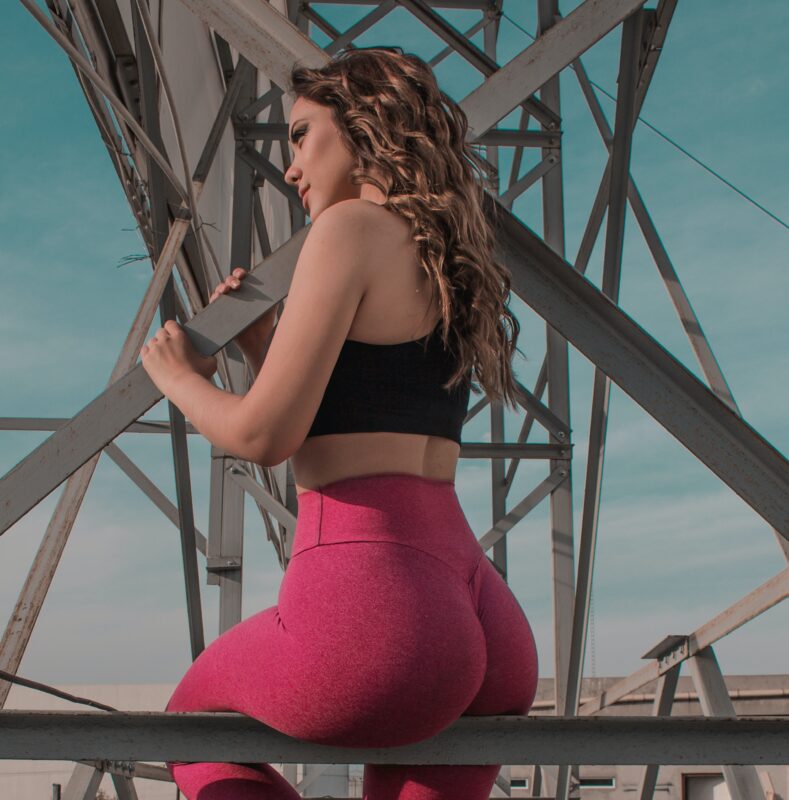EXERCISE AND WORKOUTS
3 Effective Exercises to Develop Strong and Well-Shaped Glutes
When it comes to gym workouts, training the glutes is often overlooked. However, if you’re looking to make progress in building a strong and good-looking butt, these exercises might be exactly what you need. Here are three great exercises that can help you achieve your goals:
- Floor Bridge:
- Lie on your back with your knees bent at a 45-degree angle.
- Press your lower back into the ground and engage your core.
- Drive through your heels to lift your butt off the ground, squeezing your glutes.
- Keep your abs tight throughout the movement.
- Single-Leg Toe Touch:
- Stand on one foot.
- Hinge at the hips, keeping your back straight.
- Move your non-supporting foot back.
- Maintain proper form as you touch your toes with your opposite hand.
- This exercise helps activate and engage your glutes effectively.
- Chair Squat:
- Find a bench or chair and stand in front of it.
- Sit down, keeping your ankles in line with your knees.
- Engage your butt and core as you rise up from the squat position.
- For an added challenge, lift one leg while keeping the other neutral to target one side of the glutes.
These exercises aim to improve the mind-muscle connection, ensuring that you can effectively activate your glutes during exercises like deadlifts, squats, and lunges. Demonstrations of these exercises can be found in the accompanying video featuring fitness experts Sal Di Stefano, Adam Schafer, and Justin Andrews from the Mind Pump Podcast.
The gluteal muscles consist of the gluteus maximus, gluteus medius, and gluteus minimus. These muscles are essential for overall physical health, stability, and athletic performance. By targeting and strengthening these muscles, you can improve your posture, prevent imbalances, enhance athletic abilities, and shape your buttocks for a more aesthetically pleasing appearance.
To optimize your glute training, incorporate a mix of compound exercises such as squats, lunges, deadlifts, hip thrusts, and glute bridges. These exercises can be performed with both heavy weights and bodyweight, providing a well-rounded approach to glute development. Additionally, include other lower body exercises that indirectly engage the glutes to ensure balanced leg development.
Training frequency for the glutes can vary based on your fitness level and goals, but a general recommendation is to train them 2-3 times per week. It’s important to listen to your body and adjust the frequency and intensity of your workouts as needed to prevent overtraining and allow for proper recovery.
Consider consulting with a fitness professional to create a personalized glute training program that aligns with your individual needs and goals. With consistency and the right exercises, you can develop strong and visually appealing glutes.

